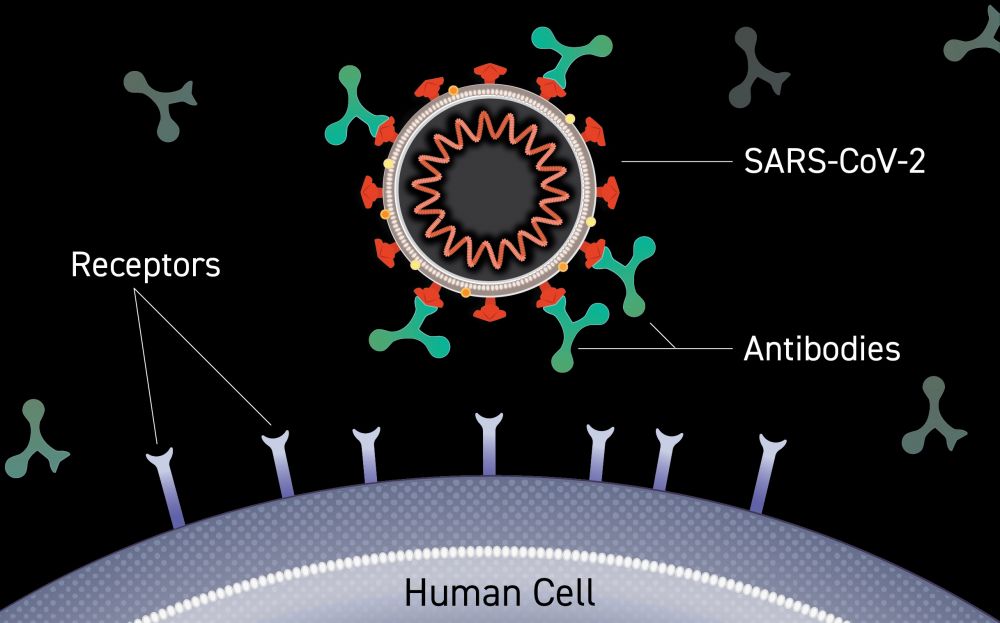
Similarities and Differences between Flu and COVID-19

- 25-12-2022, 18:01
INA -source
What is the difference between Influenza (Flu) and COVID-19?
Influenza (flu) and COVID-19 are both contagious respiratory illnesses, but they are caused by different viruses. COVID-19 is caused by infection with a coronavirus (SARS-CoV-2) first identified in 2019. Flu is caused by infection with a flu virus (influenza viruses).
From what we know, COVID-19 spreads more easily than flu. Efforts to maximize the proportion of people in the United States who are up to date with their COVID-19 vaccines remain critical to reducing the risk of severe COVID-19 illness and death. More information is available about COVID-19 vaccines and how well they work.
Compared with flu, COVID-19 can cause more severe illness in some people. Compared to people with flu, people infected with COVID-19 may take longer to show symptoms and may be contagious for longer periods of time.
You cannot tell the difference between flu and COVID-19 by the symptoms alone because they have some of the same signs and symptoms. Specific testing is needed to tell what the illness is and to confirm a diagnosis. Having a medical professional administer a specific test that detects both flu and COVID-19 allows you to get diagnosed and treated for the specific virus you have more quickly. Getting treated early for COVID-19 and flu can reduce your risk of getting very sick. Testing can also reveal if someone has both flu and COVID-19 at the same time, although this is uncommon. People with flu and COVID-19 at the same time can have more severe disease than people with either flu or COVID-19 alone. Additionally, some people with COVID-19 may also be affected by post-COVID conditions (also known as long COVID).
We are learning more everyday about COVID-19 and the virus that causes it. This page compares COVID-19 and flu, given the best available information to date.
Source-cdc
North Korea unveils new 'Kim Jong Un style' 5,000-tonne warship
- International
- 08:48
China exempts some goods from US tariffs
- International
- 09:24
Promising Evidence of Life on Distant Planets
- Multimedia
- 08:02
Barcelona steals exciting win from Celta Vigo, La Liga
- Sport
- 25/04/19
Ayatollah Al-Sistani offers condolences on the passing of the Pope
- politics
- 25/04/21
Iraq: Security services rely on military manufacturing production
- Security
- 25/04/19
Iraq: Ur 2 drill for the first time in the Middle East
- Security
- 25/04/22












